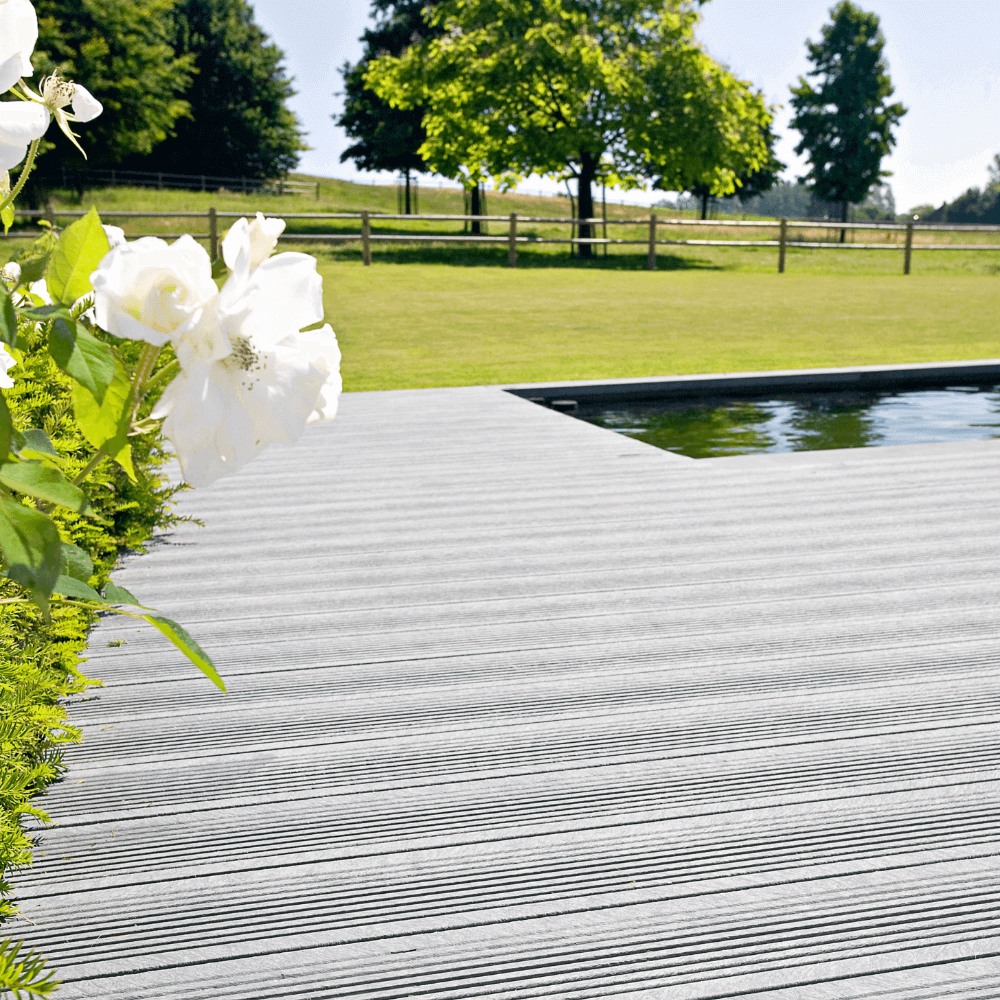Garlic is not only fantastic in the garden - they are also great to use in the kitchen.
Even if you are not the big garlic eater, a single clove or two in a stew or soup can give a wonderfully delicious taste that is in no way reminiscent of the powerful taste (and smell) that many otherwise associate with garlic. You can also cut a whole garlic across, brush it with oil and bake it in the oven. It makes the garlic soft and sweet and is a perfect partner for a good steak, for example.
The fact that you then use your own, home-grown garlic just gives the whole thing an extra tinge of luxury. At the same time, you also have the opportunity to use the delicious green tops, which you can cut and use either in the food or in the salads, just as home cultivation gives the opportunity to experiment with the varieties and get garlic with different sizes, colors and flavors.
When to put garlic?
Garlic needs a large root system to develop properly and therefore they need to be planted already in the fall. You can easily experiment with when in the autumn you put your garlic, but a good rule of thumb is to put them in October. Then it rarely goes completely wrong.
Throughout the winter, garlic creates its large root system. It should preferably have peace and quiet and therefore it is best if you get them set in such a way that they do not have time to send green peaks into the air until on the other side of the winter. But it is almost impossible to time, and not much is happening now that they have time to turn green before Christmas. As a rule, the tops disappear again if the winter becomes harsh, while the bulb is not damaged.
How to put the garlic
The garlic should be put in the ground with approx. 10 cm between each bulb and 20-30 cm between the rows. Each fat is inserted about 5 cm into the ground with the tip of the fat pointing upwards and the slightly flat end pointing downwards.
You can use the ordinary garlic you buy in the supermarket and get fine garlic out of them, but since they are often grown in China or other exotic countries with completely different weather conditions than we have here, it will be difficult to get large onion out of it. If you buy garlic instead, which has been developed and adapted to the Danish climate, you will usually have more success. You can find these at most record schools or in the various webshops that sell seeds.
Many benefits of growing garlic
In addition to being good in food, garlic also has other benefits. It is, firstly, a robust plant that can most often be grown with reasonable success. In addition, it is good for chasing away various types of pests, for example, boars should be able to be kept out of the way if you stick garlic into holes around the garden - or if you plant your garlic a little scattered between the other things, rather than in a unified group. Finally, when winter is coming to an end, it is wonderful to be able to go out and pick the first, fresh garlic tops, which taste great in a salad. Just remember that when you cut the top, the onion itself will most likely not turn into anything (it depends a bit on when you cut), so here it is really a matter of limiting yourself. You can also choose to put the garlic cloves closer. Then you can calmly pull whole plants up early in the year and use them as spring onions - and still get lots of lovely, fully developed garlic later in the year.
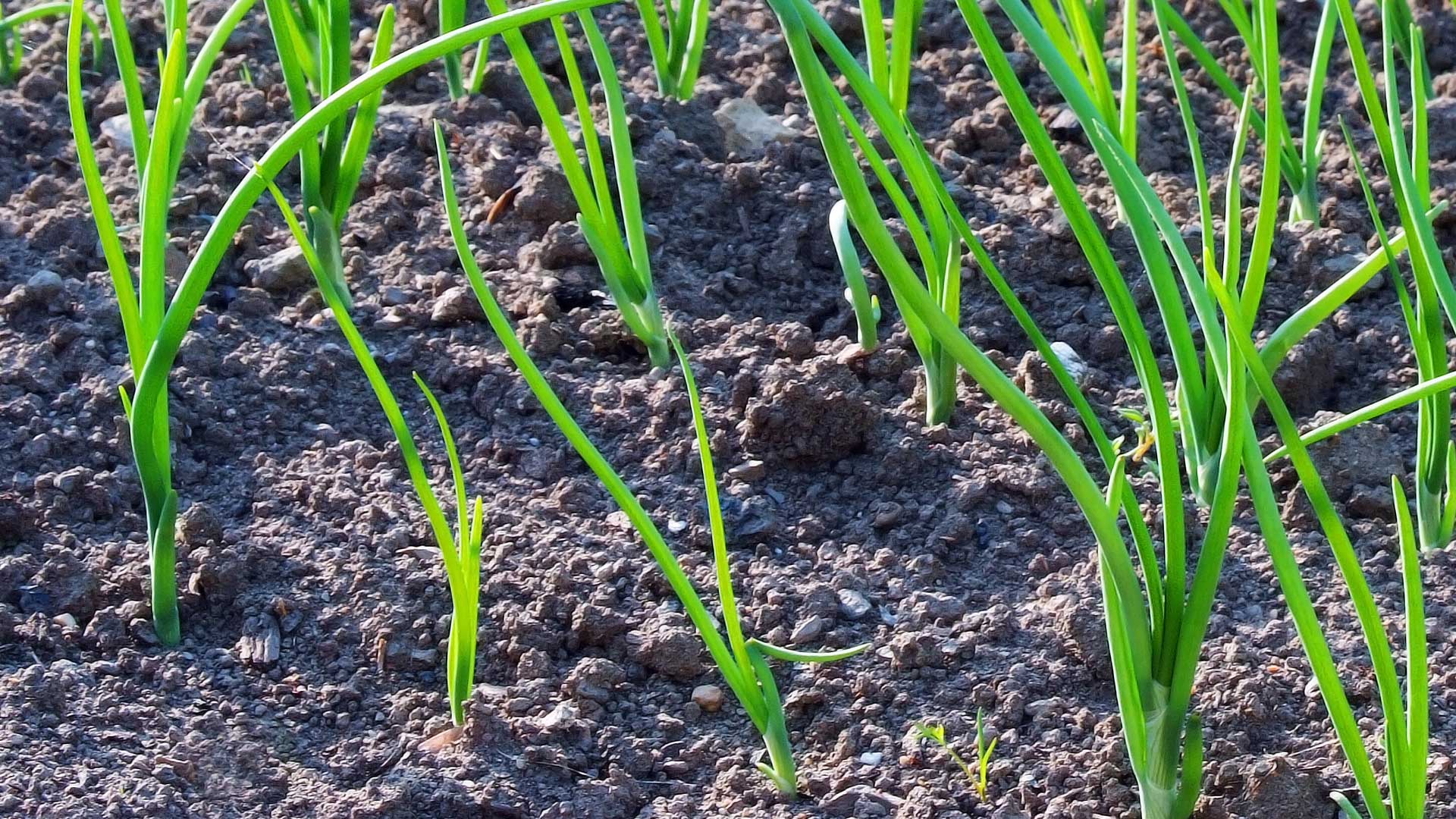
Grow garlic in a raised bed
Since garlic is as robust a plant as it is, it does not need to be under cover during the winter, but it does feel really good in a raised bed. Partly because the soil in a raised bed is often looser in structure than in a classic bed and the root network therefore has the best opportunities to develop. Partly because it is easier to fertilize and water in adjustable amounts when it comes to a limited area.
If you put your garlic in a bed with a cover, you can wait to put them in late autumn - and if you sow parsley and chives between the garlic, you will be able to enjoy both the herbs and the garlic tops already from the month of March.
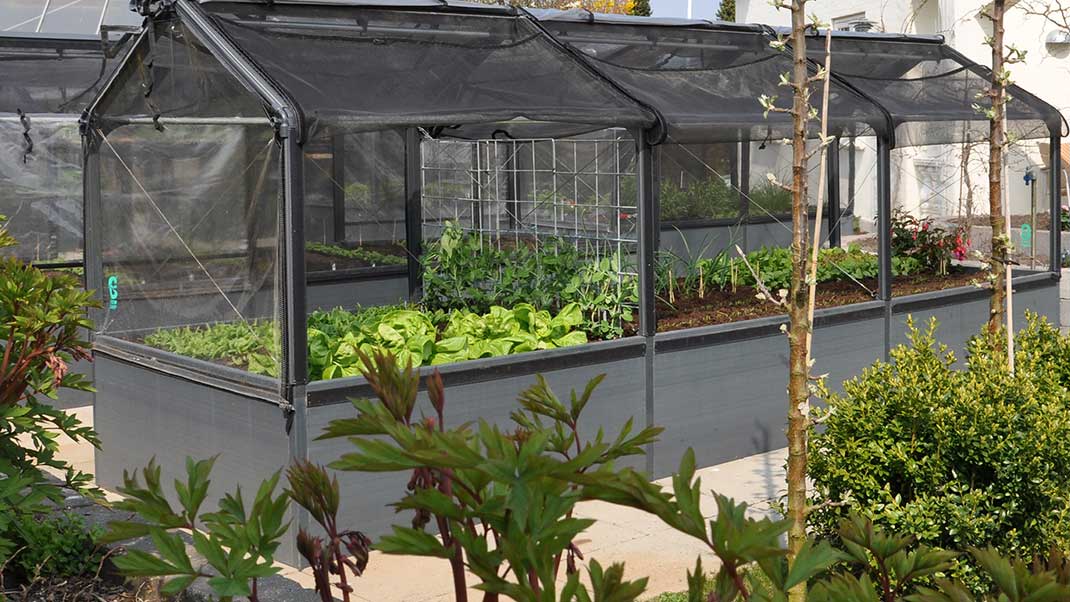








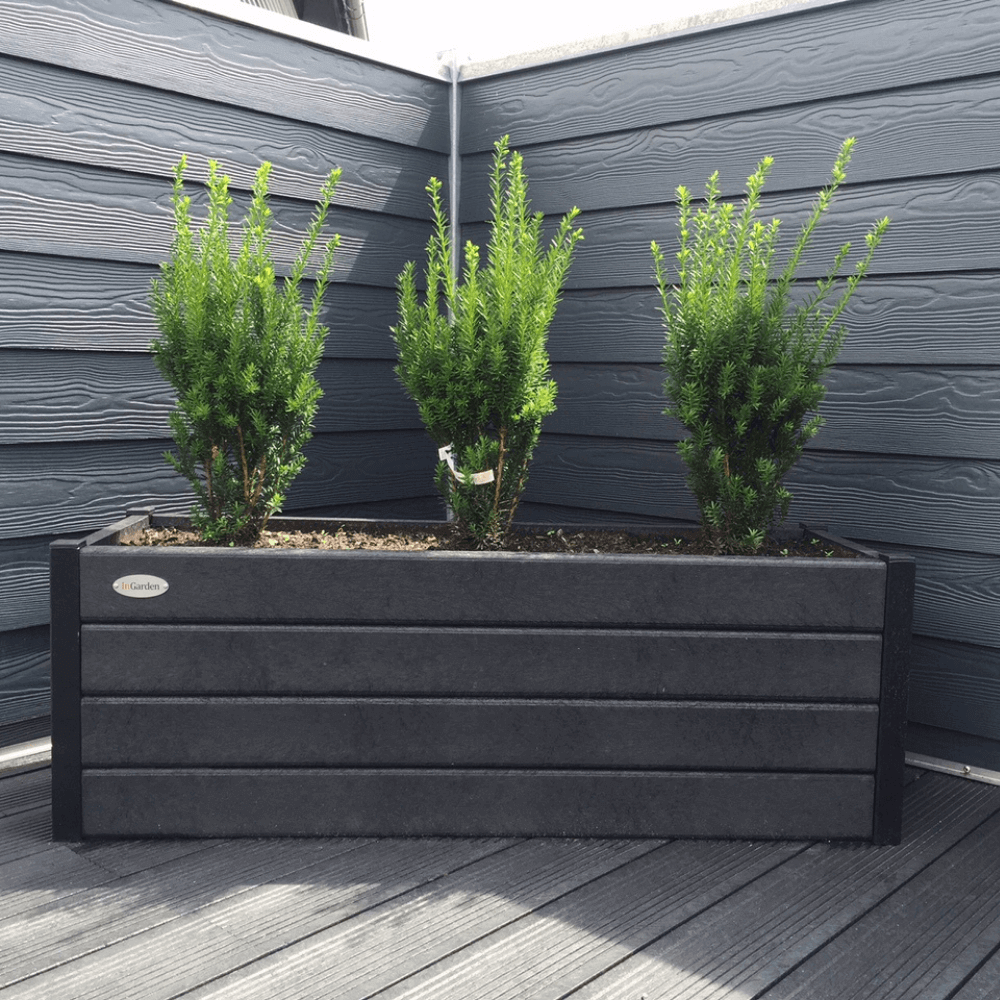
-1.backdrop.png)
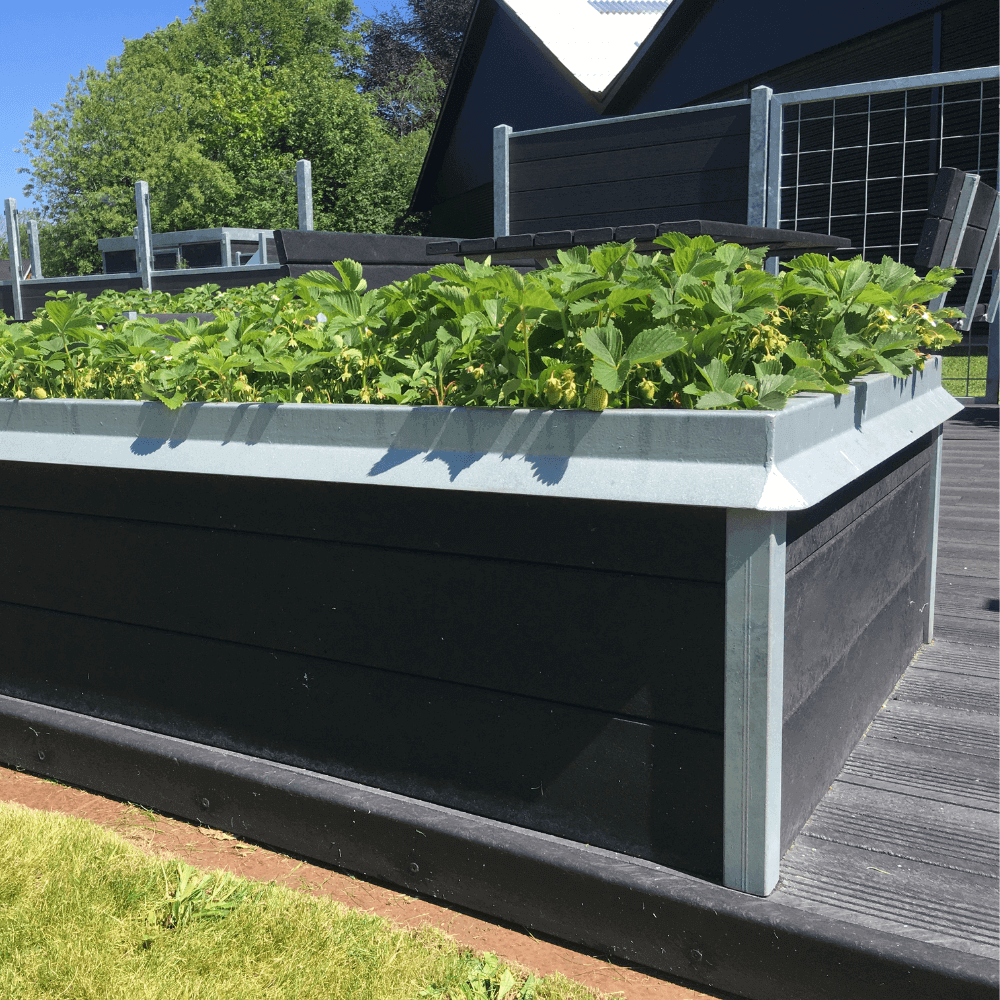
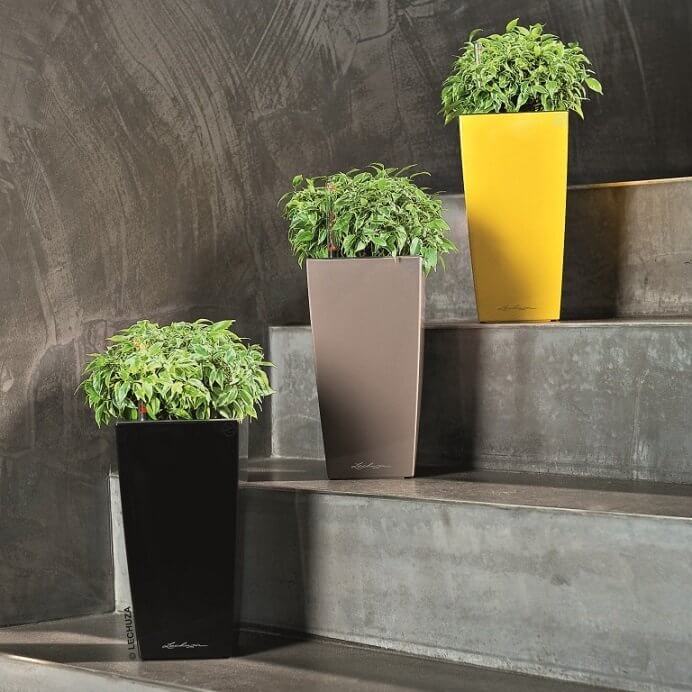
-1.backdrop.png)
